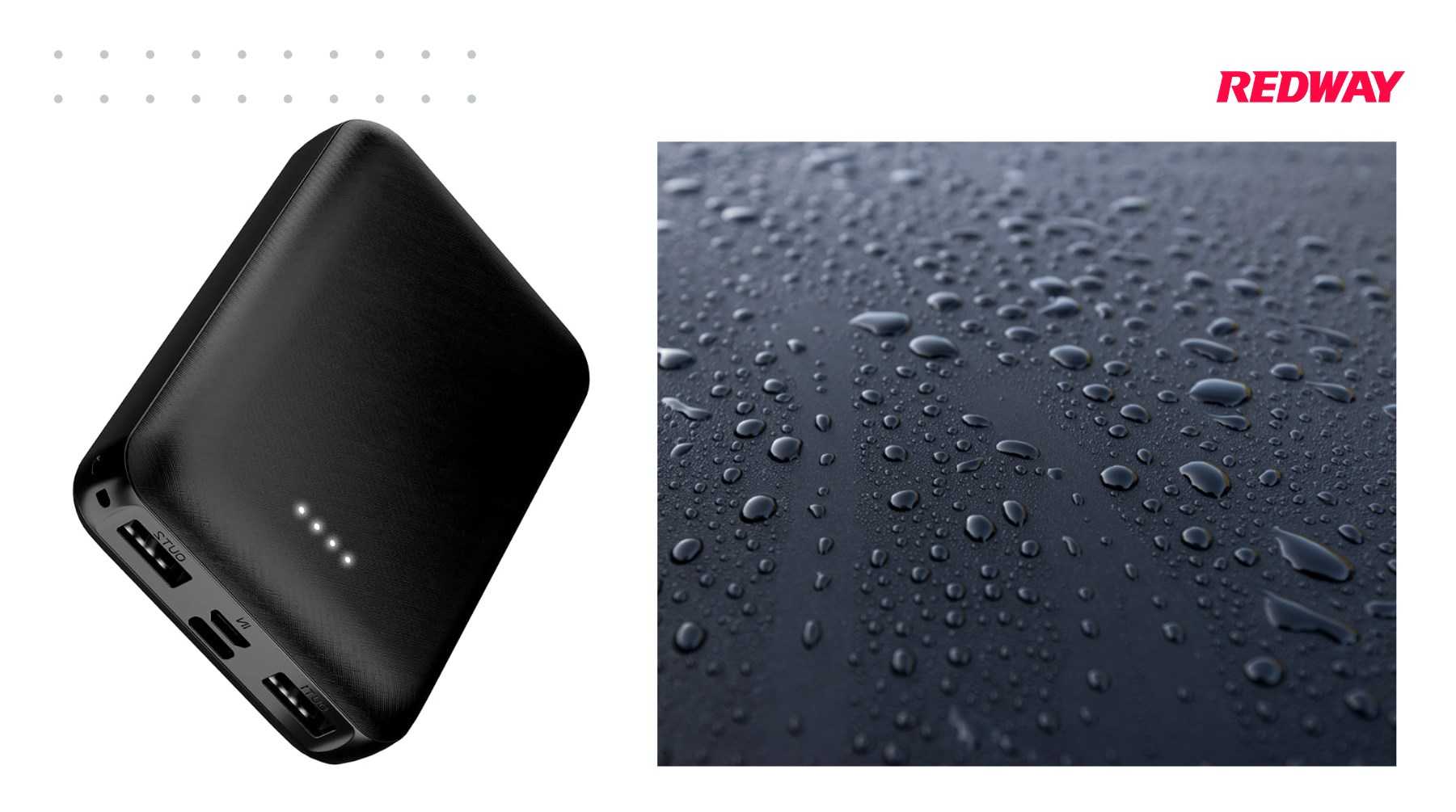Heated apparel batteries are typically not waterproof; exposure to water can damage them or create safety hazards. It’s essential to keep these batteries dry during use and storage unless specified otherwise by the manufacturer.
Heated apparel has revolutionized the way we experience warmth during cold weather. From heated jackets to gloves and pants, these garments are designed to provide consistent warmth through built-in heating elements. However, a crucial concern for users is whether the batteries powering these heating elements are waterproof. This article delves into the waterproof capabilities of heated apparel batteries, the protective measures taken by manufacturers, and best practices for ensuring the longevity of your heated gear.
Understanding Heated Apparel Batteries
Heated apparel typically operates on rechargeable lithium-ion batteries. These batteries are compact yet powerful, designed to deliver sustained warmth over extended periods. Despite their advanced technology, these batteries are not inherently waterproof. This necessitates the incorporation of various protective measures to safeguard against environmental factors.
Battery Construction and Water Resistance
Lithium-ion batteries, like those used in heated apparel, are encased in protective housings. These housings offer some degree of water resistance but are not designed to withstand full submersion or prolonged exposure to water. Manufacturers recognize this limitation and incorporate additional safeguards to ensure that these batteries remain functional in adverse weather conditions.
Protective Measures for Heated Apparel Batteries
To counteract the lack of inherent waterproofing in batteries, heated apparel brands implement several protective strategies:
1. Battery Storage Pockets
Most heated apparel includes battery storage pockets designed to protect the batteries from direct exposure to water. These pockets are often water-resistant and are strategically placed to shield the battery from rain or snow. They are usually located in areas less prone to contact with water, such as the inner lining of jackets or pants.
2. Waterproof Battery Bags
Some brands go a step further by providing waterproof battery bags. These bags are made from materials that are impervious to water, ensuring that even if the outer apparel becomes wet, the battery remains dry. These bags often feature sealed zippers and waterproof closures to offer maximum protection.
3. Weather-Resistant Outer Shells
The outer fabric of heated apparel is typically constructed from water-resistant materials such as nylon or polyester. These materials repel water to a certain extent, preventing it from reaching the battery and heating elements. While this does not make the apparel fully waterproof, it provides a significant level of protection against moisture.
4. Sealed Heating Elements
In addition to protecting the battery, manufacturers also focus on the sealing of heating elements. These elements are designed with waterproof materials to ensure that they continue to function properly even if the outer garment gets wet. This contributes to the overall durability and functionality of the heated apparel.
Best Practices for Using Heated Apparel in Wet Conditions
While protective measures are in place, users should follow best practices to maintain the performance and longevity of their heated apparel:
1. Avoid Prolonged Exposure to Water
Even with protective features, it is advisable to avoid prolonged exposure of the heated apparel to water. Avoid wearing the gear in heavy rain or submerging it in water to ensure that the battery and heating elements remain dry.
2. Proper Maintenance and Care
Regular maintenance is crucial for extending the life of heated apparel. Ensure that the battery and its storage area are kept clean and dry. Follow the manufacturer’s instructions for cleaning and storing the apparel to prevent damage.
3. Inspect for Damage
Periodically check the battery storage pockets and waterproof bags for any signs of wear or damage. Replace any damaged components promptly to prevent water from compromising the battery.
4. Follow Manufacturer’s Guidelines
Always refer to the manufacturer’s specifications regarding water resistance and care instructions. Different brands and models may have varying levels of water resistance, and adhering to their guidelines will help in preserving the functionality of your heated apparel.
Conclusion
In summary, while heated apparel batteries are not inherently waterproof, manufacturers implement a range of protective measures to ensure that these batteries remain functional in wet conditions. By utilizing water-resistant pockets, waterproof bags, and weather-resistant fabrics, they provide a significant level of protection against moisture. Users should also adhere to best practices for using and maintaining their heated apparel to maximize its performance and durability.
For anyone considering heated apparel, it is essential to understand these protective measures and follow proper usage guidelines. This knowledge will help in making an informed decision and ensuring that your heated gear continues to provide reliable warmth even in challenging weather conditions.




